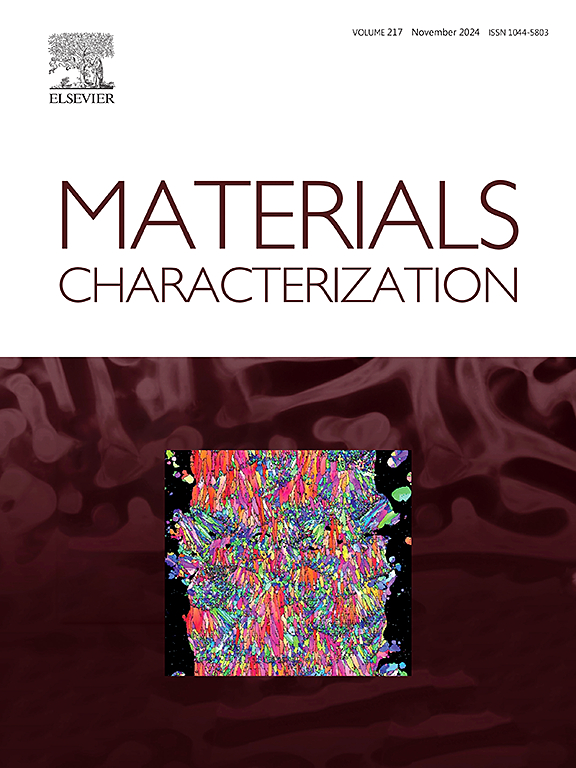Ultrafine elongated grain structure for enhanced cryogenic impact toughness of low-alloy steel
IF 5.5
2区 材料科学
Q1 MATERIALS SCIENCE, CHARACTERIZATION & TESTING
引用次数: 0
Abstract
This study investigates the cryogenic impact toughness of low-alloy steels engineered via bi-axial forging and rolling, emphasizing the roles of ferrite volume fraction, microstructural refinement, and delamination-induced plasticity. Three steels were fabricated: F650 (forged at 650 °C), R730 (rolled at 730 °C), and R770 (rolled at 770 °C). Among them, R730 exhibited the highest impact toughness (252 J at −196 °C), outperforming R770 (134 J) and F650 (9 J). Unlike 9Ni steels, where high toughness stems from retained austenite, our results demonstrate that increasing the ferrite volume fraction and refining the grain structure significantly enhance impact toughness in the crack-arrester orientation. EBSD analyses revealed bamboo-like ultrafine elongated grains in the rolled steels, which promoted crack deflection and delamination, transforming the fracture mode to bending-dominated and enabling extensive plastic deformation. These findings demonstrate that optimizing ferrite fraction and grain morphology provides a robust route to achieve superior cryogenic toughness in low-alloy steels.
提高低合金钢低温冲击韧性的超细拉长组织
本研究研究了通过双轴锻造和轧制加工的低合金钢的低温冲击韧性,强调了铁素体体积分数、显微组织细化和分层诱导塑性的作用。制造了三种钢:F650(650℃锻造),R730(730℃轧制)和R770(770℃轧制)。其中,R730在- 196℃时具有最高的冲击韧性(252 J),优于R770 (134 J)和F650 (9 J)。与9Ni钢不同,9Ni钢的高韧性源于残留的奥氏体,我们的研究结果表明,增加铁素体体积分数和细化晶粒结构可以显著提高止裂取向的冲击韧性。EBSD分析显示,轧制钢中存在竹状超细拉长晶粒,这促进了裂纹挠曲和分层,使断裂模式转变为弯曲主导,并产生了广泛的塑性变形。这些发现表明,优化铁素体分数和晶粒形貌为低合金钢获得优异的低温韧性提供了一条稳健的途径。
本文章由计算机程序翻译,如有差异,请以英文原文为准。
求助全文
约1分钟内获得全文
求助全文
来源期刊

Materials Characterization
工程技术-材料科学:表征与测试
CiteScore
7.60
自引率
8.50%
发文量
746
审稿时长
36 days
期刊介绍:
Materials Characterization features original articles and state-of-the-art reviews on theoretical and practical aspects of the structure and behaviour of materials.
The Journal focuses on all characterization techniques, including all forms of microscopy (light, electron, acoustic, etc.,) and analysis (especially microanalysis and surface analytical techniques). Developments in both this wide range of techniques and their application to the quantification of the microstructure of materials are essential facets of the Journal.
The Journal provides the Materials Scientist/Engineer with up-to-date information on many types of materials with an underlying theme of explaining the behavior of materials using novel approaches. Materials covered by the journal include:
Metals & Alloys
Ceramics
Nanomaterials
Biomedical materials
Optical materials
Composites
Natural Materials.
 求助内容:
求助内容: 应助结果提醒方式:
应助结果提醒方式:


